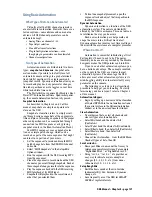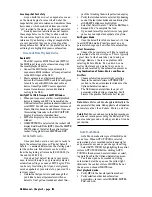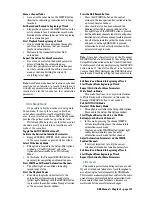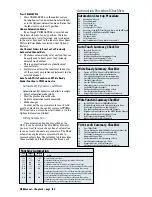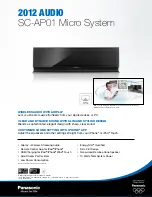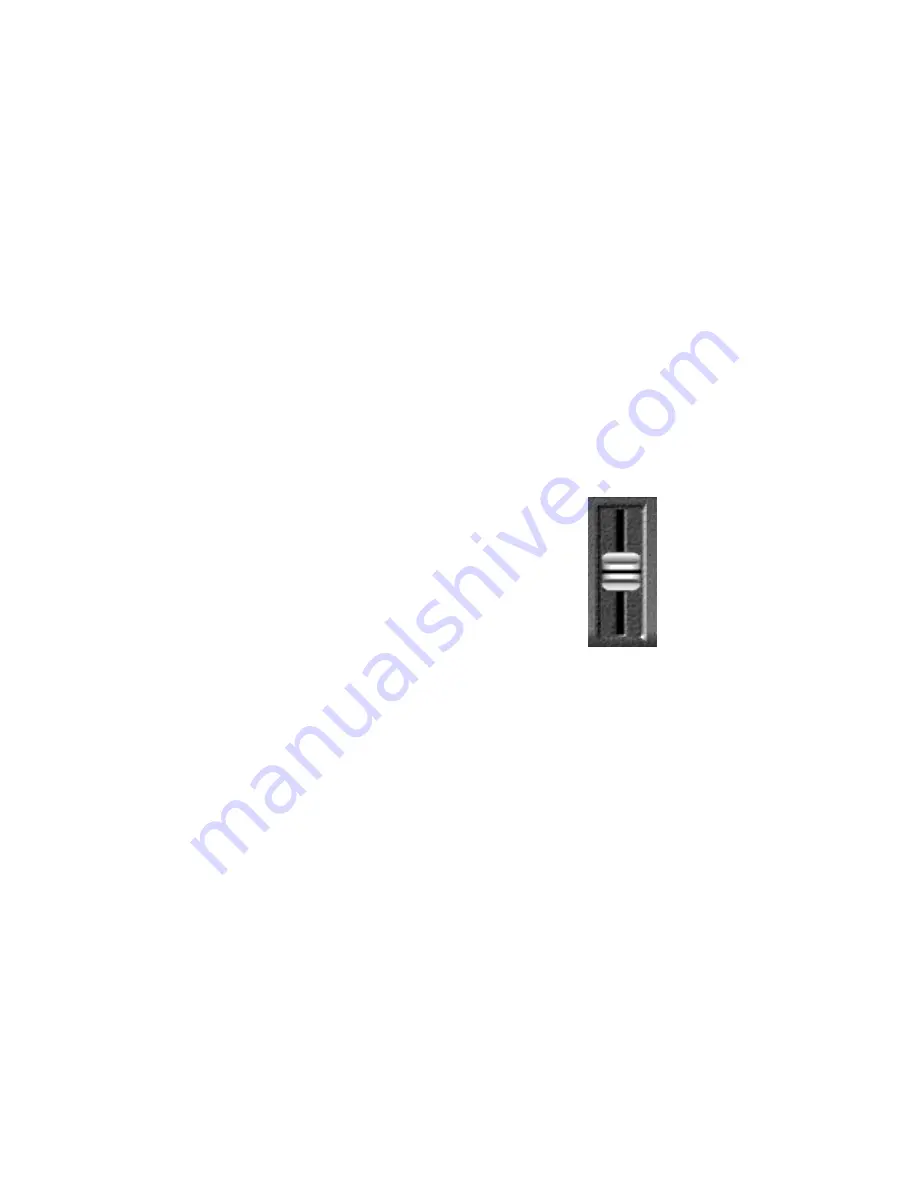
D8B Manual • Appendices • page 150
To select Key and Scale, you want to be in the
Key/Scale Edit mode, shown above. Once in this
editing window, Key is selected by clicking on a note
on the piano. Select the scale using the spin dial
above the piano keys.
The Difference
SmartKey
harmony usually requires you to enter
the one key that works for a whole song. SmartKey
harmonies will sound correct in many songs but not
all, and this is why you have a choice between it and
SmartChord. SmartKey harmonies are also more
active in harmony motion.
SmartChord
harmony requires you to input a
different chord change for every chord in a song.
They can be applied to almost any song you can play.
This is the only practical difference between the two
harmony types.
Pitch Shift
This mode doesn’t have the “smarts” that the
other control modes do, so you’re best to stay away
from harmonies and use this for special effects and
doubling (unless you actually want your harmonies
to sound like Gregorian chants). You can produce
some interesting spoken-word effects by muting your
input voice and pitch-shifting a single effect voice
down a few tones or even an octave. Combine this
with a little male gender and you can get pretty close
to a newscast voiceover. Subtle pitch shifts are
better, though, for changing male to female and vice
versa.
Pitch Shift mode is also handy for unison or
octave-doubling effects. Turn on all four voices and
place the interval settings in the middle. If you add
detuning and a bit of scoop style, this will thicken up
your vocal as if you had quadruple-tracked your
voice. You can also take one or two of the effect
voices and put them in octave positions for
interesting effects, too.
Reverb
When any of the harmony modes are being used,
you can also add a reverb harmony effect. However,
to engage the reverb harmony effect you must be in
Stereo Output mode. This sends your harmonies to
one set of stereo returns on your D8B, and your
reverb to another set of stereo returns. Reverb can
be very useful in placing your harmonies deeper in
your mix.
Operation–Pitch Correction Mode
To make sure you are in Pitch Correction mode
select “Pitch Correct” from the Vocal Studio screen.
What is Pitch Corrector Mode?
Everyone mixing vocals has experienced out-of-
tune vocal tracks. Typically, there hasn’t been much
at your finger tips to fix those nasty notes. Some
lucky folks have been able to invest thousands of
dollars in computer editing suites to do pitch
correction. IVL Vocal Studio gives a simple yet
effective pitch corrector to doctor your vocal tracks
with your D8B. Vocal Studio’s pitch corrector is
operated manually. Therefore, you have control over
pitch fixing at all times. Generally, the less you
correct the note, the more natural the result.
However, the pitch corrector can force a vocal note
anywhere.
What are the Controls?
The Pitch Corrector screen is separated into four
control areas:
Pitch Bender
is used to bend out-of-tune vocal
notes to the desired pitch. The pitch bender works
just as a spring-loaded pitch bender would work on a
keyboard. Use the mouse to drag the pitch bender up
to raise the pitch. Drag the pitch bender down to
lower the pitch. When you release your mouse
button, the pitch bender will spring back to the
center position, where the pitch will be unaffected.
You can also use an external pitch bender from a
MIDI keyboard with the same results.
Summary of Contents for d8B V5.1
Page 1: ...OWNER OWNER S MANUAL S MANUAL...
Page 9: ...D8B Manual Chapter 1 page 3 Chapter 1 Getting Ready...
Page 27: ...D8B Manual Chapter 2 page 21 Chapter 2 Where Is It...
Page 47: ...D8B Manual Chapter 3 page 41 Chapter 3 What s On TV...
Page 101: ...D8B Manual Chapter 4 page 95 Chapter 4 Applications...
Page 147: ...D8B Manual Appendices page 141 Appendices...
Page 198: ......


